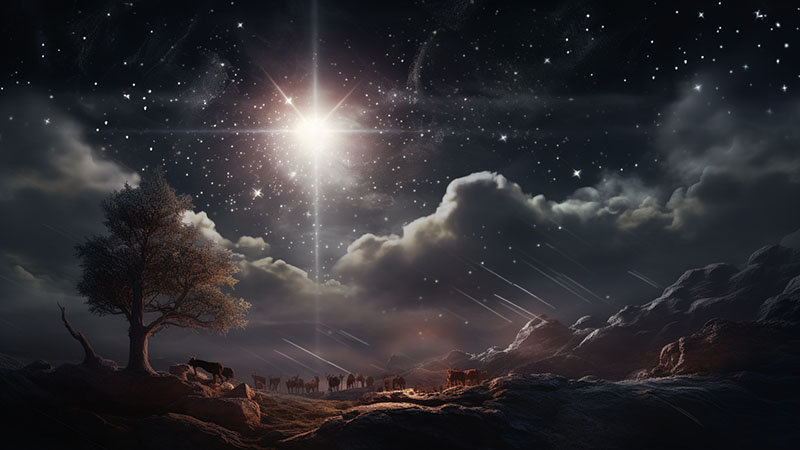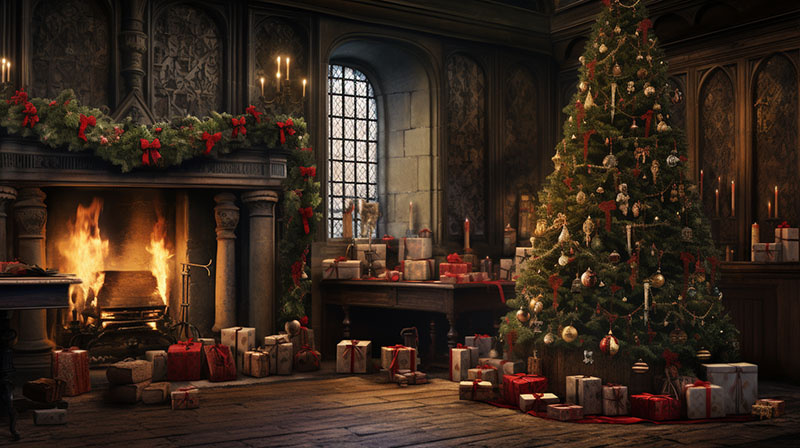One of the most enduring myths is the origin of Santa Claus himself. Nestled within the annals of history lies the figure of Saint Nicholas, a 4th-century Christian bishop from Asia Minor, known for his generosity and love for children. The tales of his anonymous gifts and miracles spread, evolving into the modern-day Santa Claus. His transformation into a rotund, red-suited gift-giver owes much to the influence of Coca-Cola advertisements from the 1930s, firmly embedding this image in popular culture.
The mesmerizing allure of the North Pole as Santa's residence is a charming legend embraced by children and adults alike. However, the origins of this location as Santa's home stem from various sources, including Nordic folklore with its enchanting tales of magical realms beyond the Arctic Circle. The North Pole as Santa's abode was popularized in the 19th century by American literature, further solidifying the myth.
Mistletoe, a symbol of love and holiday cheer, holds its own place in Christmas folklore. Ancient Druids revered mistletoe for its mystical properties, believing it held powers of protection, fertility, and healing. The tradition of kissing under the mistletoe finds its roots in Norse mythology, where it was associated with Frigga, the goddess of love, leading to a custom that continues to bring joy and merriment during the festive season.
The Yule log, a customary feature in many homes during Christmas, has its origins steeped in ancient pagan rituals celebrating the winter solstice. Families would gather to burn a large log, symbolizing the sun's rebirth and bringing warmth into their homes during the darkest days of winter. Over time, this tradition merged with Christmas celebrations, embodying the spirit of renewal and hope.

The story of Rudolph, the endearing red-nosed reindeer, has captivated generations. Created in 1939 as part of a marketing campaign for Montgomery Ward, this character swiftly captured hearts, finding a permanent place in Christmas folklore through songs, stories, and movies, embodying the message of resilience and acceptance.
Christmas is a mosaic woven with strands of history, mythology, and cultural influences. Its traditions and legends, a blend of ancient customs and modern interpretations, continue to enchant and unify communities worldwide.
In embracing these myths, we partake in a collective celebration, intertwining the past with the present, and cherishing the timeless essence of goodwill, joy, and togetherness that defines this festive season.
As we gather around the hearth, exchanging gifts and laughter, let us not just remember the myths but also relish the magic they bring to our hearts, uniting us in the spirit of Christmas.
Related Articles...

'The Shroud of Turin Experience' Wows Visitors in Orange County

Image of Virgin Mary Appears on Side of Mountain in Colombia?

More Noah's Ark 'Evidence' Found in Boat-shaped Mound

Researchers Plan to Excavate Rumored Site of Noah's Ark

CIA Files Claim Remote Viewer Found the Ark of the Covenant

Vatican to Open Five 'Sacred Portals' for Quarter-century Ritual

